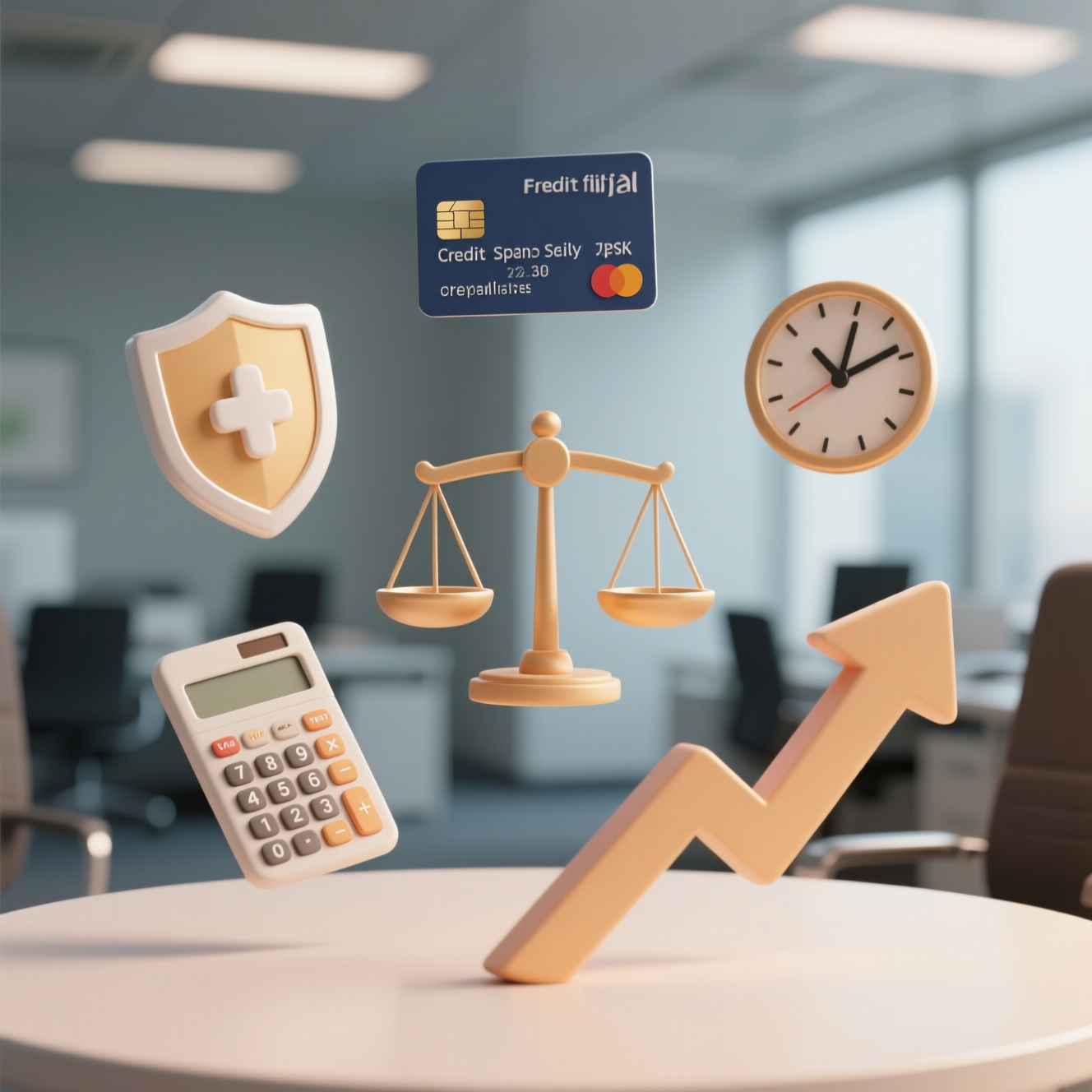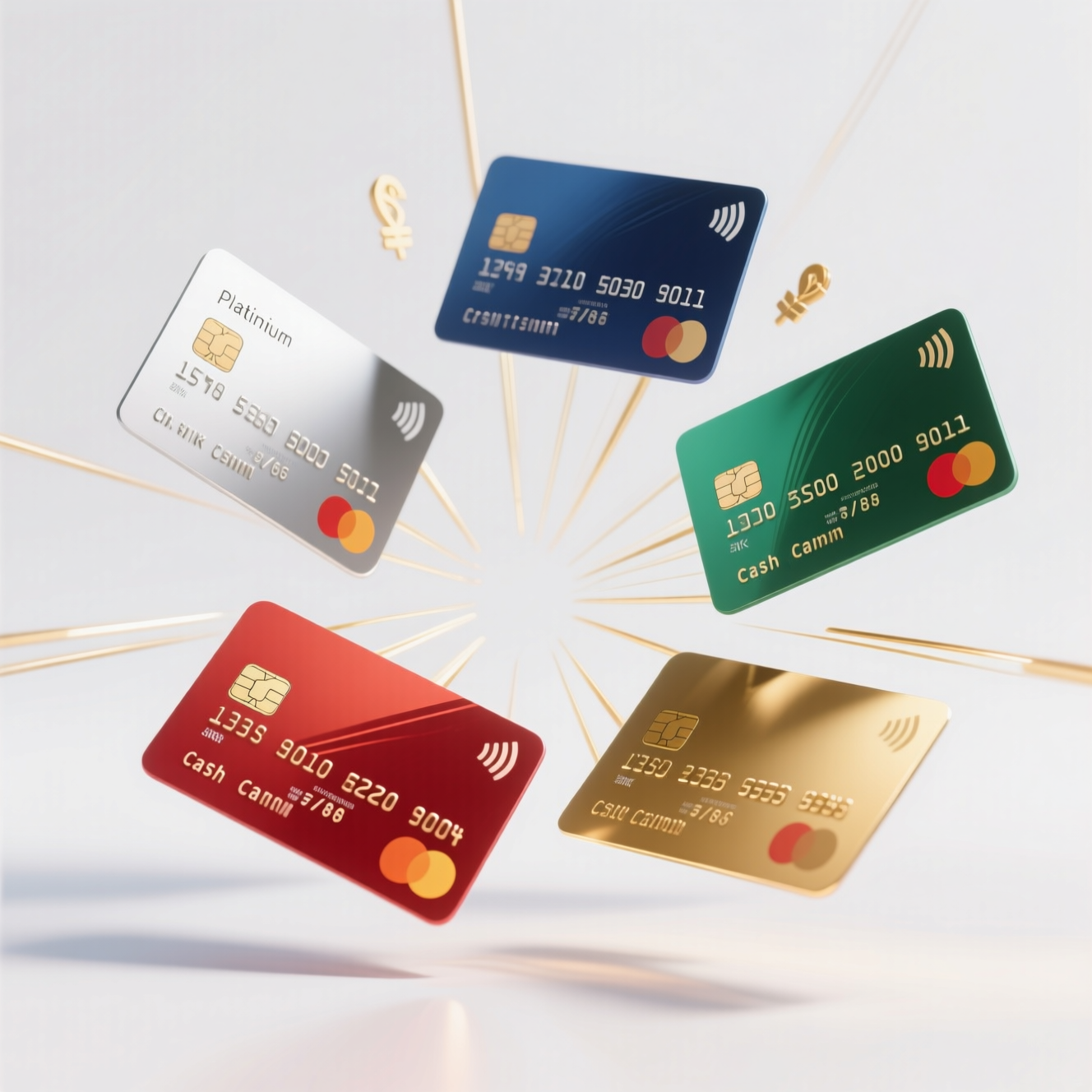How to Pay Off Credit Card Debt: A Step-by-Step Guide
Credit card debt can feel overwhelming, but with a clear strategy, you can take control of your finances and pay it off.
Whether you’re dealing with high-interest rates or struggling to manage multiple balances, implementing effective debt repayment methods can pave the way to financial freedom.
This guide will provide practical steps to help you reduce and eventually eliminate your credit card debt while building healthier financial habits.
Credit card debt can feel overwhelming, but with a clear strategy, you can take control of your finances and pay it off.
This guide will provide practical steps to help you reduce and eventually eliminate your credit card debt.
Step 1: Assess Your Debt
Start by getting a clear picture of your financial situation. List all your credit cards, along with:
- Outstanding balances
- Interest rates (APR)
- Minimum monthly payments
Organize this information in a spreadsheet or use a budgeting app to keep track of your progress.
Step 2: Create a Budget
A realistic budget is essential to free up money for debt repayment. Follow these steps:
- Track your monthly income and expenses.
- Identify areas where you can cut unnecessary spending (e.g., dining out, subscriptions).
- Allocate the extra funds toward your credit card payments.
Stick to your budget and review it regularly to ensure you’re on track.

Step 3: Choose a Debt Repayment Strategy
There are two popular methods for paying off credit card debt:
The Snowball Method
- Focus on paying off the smallest debt first while making minimum payments on others.
- Once the smallest debt is paid off, move to the next smallest.
- This method builds momentum and keeps you motivated.
The Avalanche Method
- Prioritize paying off the debt with the highest interest rate first while making minimum payments on others.
- Once the highest-interest debt is paid, tackle the next highest.
- This method minimizes the amount of interest paid over time.
Choose the method that works best for your financial situation and psychological preferences.
Step 4: Negotiate with Creditors
Contact your credit card issuers to discuss:
- Lowering your interest rates
- Setting up a payment plan
- Waiving fees or penalties
Many creditors are willing to work with you if you demonstrate a genuine commitment to repaying your debt.
Step 5: Consider Balance Transfers or Consolidation
If your credit score is good enough, explore these options:
- Balance Transfer Credit Card: Transfer your high-interest balances to a card with a lower or 0% introductory interest rate. Pay off the balance within the promotional period to maximize savings.
- Debt Consolidation Loan: Combine all your credit card debts into a single loan with a lower interest rate and fixed monthly payments.
Be mindful of fees and ensure these options align with your repayment goals.
Step 6: Increase Your Income
Boosting your income can accelerate your debt repayment. Consider:
- Taking on a side hustle or freelance work.
- Selling unused items.
- Asking for a raise at your current job.
Use any additional income to make extra payments on your credit card debt.
Step 7: Stay Consistent and Avoid New Debt
- Avoid using your credit cards while paying off debt.
- Build an emergency fund to cover unexpected expenses, so you don’t rely on credit cards.
- Celebrate small milestones to stay motivated.
Step 8: Learn from the Experience
Once you’ve paid off your credit card debt:
- Continue budgeting to manage your finances effectively.
- Use credit responsibly by paying off balances in full each month.
- Set financial goals to stay on track.
Final Thoughts
Paying off credit card debt takes time and discipline, but it’s an achievable goal. By following these steps, you can regain financial freedom and build a more secure future.
Related Image Description:
A detailed image of a person organizing their finances at a desk. The scene includes a laptop, notepad, calculator, and a few credit card statements.
The atmosphere is focused yet positive, with a tidy workspace suggesting control over finances.
Richard Lopez, the creator of the website and a professional writer with extensive experience in digital marketing, particularly in personal finance topics. When visiting finance.meu-dominio.com, you’ll find high-quality content guiding you through the subjects that are part of your daily life. Welcome to all!

How Brazilians Can Invest in U.S. Stocks: A Guide to Buying NASDAQ-Listed Shares
For Brazilian investors seeking global diversification, higher growth potential, and exposure to some of the world’s most innovative companies, investing in U.S. stocks — particularly those listed on the NASDAQ — is an increasingly popular and accessible option.

5 tips to use your credit card without getting into debt
Let’s be honest — credit cards get a bad rap. They’re often blamed for spiraling debt, sleepless nights, and financial meltdowns. But here’s the truth: credit cards aren’t the problem. How we use them is.

Best Cash Back Credit Cards of September 2025
As the U.S. economy continues to evolve in 2025—with shifting consumer spending habits, fluctuating interest rates, and increased competition among financial institutions.